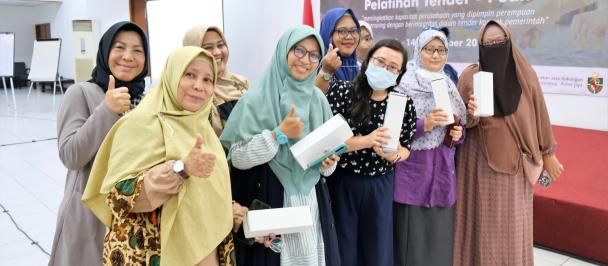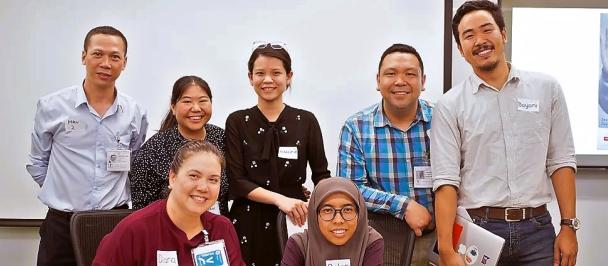By Diana Torres and Sapna Dubey
Every year, governments around the world spend nearly US$ 9.5 trillion or an average 13-20% of their GDP on public contracts. However UNODC estimates that on average, 10-25% of any contract’s overall value may be lost due to corruption. This big financial loss translates into poor service delivery to the people and hinders development.
Amidst the COVID-19 pandemic, the need for efficient public procurement, especially medical procurement has become an urgency. Procuring entities are adopting emergency procedures like direct contracting and shorter bid validity periods to cope with the overwhelming requirements. These operational changes make it even more relevant to maintain transparency and accountability in a sector that is inherently prone to corruption.
Indeed, this socio-economic crisis can be perceived as a window of opportunity to bring about positive reform. Let us draw inspiration from success stories and embrace this epoch to initiate changes in procurement systems rooted in openness, participation, and digital innovation.
For instance, World Bank database records that in 2019, the value of annual savings through the use of e-procurement platforms amount to US$ 15 million in Viet Nam and US$ 2.7 billion in Thailand. Further, online portals like KONEPS (Korea ON-line E-Procurement System) and PS-PhilGEPS (Philippine Government Electronic Procurement System) have helped achieve upgraded levels of fairness in their respective procurement administrations. .
In Malaysia the FixMyStreet platform encourages a participatory approach as citizens report infrastructure flaws like potholes on roads and broken street-lights. In doing so, people are enabled to hold authorities accountable and contribute towards combatting corruption in procurement for infrastructure development.
CoST, the Infrastructure Transparency Initiative, implemented two online platforms in Thailand and Indonesia. CoST Thailand website is the place to find easily live information about infrastructure projects. From roads to schools, from the bidding process to completion. CoST West Lombok platform is a crucial source of information about infrastructure projects in Indonesia, and it will have an enormous positive impact on transparency and accountability in the country.
UNDP advocates for a systems approach where all relevant stakeholders collaborate to prevent leakages of public resources through corruption or collusion in government contracts. With this objective, the UNDP Resource Guide on Building Transparent and Open Public Procurement Systems for Achieving the SDGs brings forth some established best practices across Asia-Pacific and beyond. It builds on five enablers namely transparent and open institutions, citizen participation, private sector engagement, collaboration with oversight institutions as well as inclusive and fair competition to facilitate the multi-stakeholder approach.
Certainly, this period of economic slow-down [1] is also an opportune moment for governments to utilize public procurement as a strategic instrument to uplift development. Hence, investing in open, transparent, and agile public procurement systems is synonymous with investing in building resilient societies post the pandemic.
[1] World Bank estimates show that the East Asia and the Pacific (EAP) region as a whole is expected to grow by only 0.9% in 2020, the lowest rate since 1967. The annual GDP growth rate of EAP in 2019 was 3.6%

 Locations
Locations



